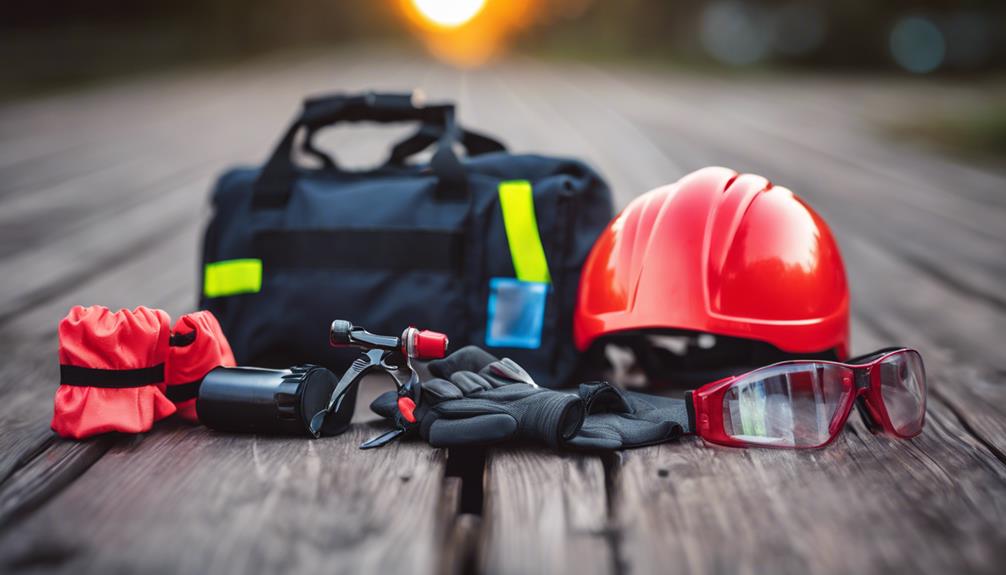Biking is one of the most popular forms of exercise and transportation worldwide. Whether you’re a seasoned cyclist or a casual rider, the comfort and performance of your bike can significantly impact your overall experience. One crucial factor that often gets overlooked is bike fitting. This comprehensive guide delves into the importance of bike fitting, exploring its benefits, the fitting process, and how it can enhance your riding experience.
What is Bike Fitting?
Bike fitting is the process of adjusting a bicycle to fit an individual rider’s body dimensions and riding style. A well-fitted bike ensures that the rider can maintain proper posture while maximizing efficiency and reducing the risk of injury. The bike fitting process typically involves measuring various body dimensions, analyzing riding posture, and adjusting components such as the saddle height, saddle position, handlebar height, and stem length.
Why is Bike Fitting Important?
Bike fitting plays a vital role for several reasons, including:
- Comfort: A proper fit minimizes discomfort and allows for longer rides without fatigue.
- Performance: An optimized fit can enhance pedaling efficiency and speed.
- Injury Prevention: Incorrect bike setup can lead to injuries, particularly in the knees, back, and neck.
- Enjoyment: Riding becomes more enjoyable when cyclists are comfortable and confident on their bikes.
The Consequences of Poor Bike Fit
A poorly fitted bike can lead to a range of issues, both physical and mechanical. Here are some common consequences:
- Physical Discomfort: Pain in the knees, back, neck, and wrists can occur when a bike is not fitted correctly.
- Reduced Efficiency: An inefficient pedal stroke may result from an improper saddle height or position.
- Increased Risk of Injury: Continuous strain on muscles and joints can lead to overuse injuries, such as tendinitis or bursitis.
- Negative Impact on Performance: Poor fit can hinder speed and endurance, making it difficult to achieve personal bests.
The Bike Fitting Process
The bike fitting process typically involves several steps to ensure that the bike meets the rider’s specific needs:
1. Initial Assessment
The fitting process begins with an initial assessment, where the fitter will ask questions about the rider’s cycling history, goals, and any existing discomfort or injuries. This step is crucial for tailoring the fit to the individual.
2. Body Measurements
Next, the fitter will take various body measurements, including:
- Inseam length
- Torso length
- Arm length
- Shoulder width
These measurements help determine the appropriate frame size and geometry for the rider.
3. Analyzing Riding Position
Once measurements are taken, the fitter will have the rider demonstrate their cycling position. This can involve using a stationary bike or the rider’s own bike. The fitter will observe the rider’s posture, pedal stroke, and overall alignment to identify any issues.
4. Adjustments
Based on the analysis, the fitter will make the necessary adjustments. Common adjustments include:
- Adjusting saddle height and tilt
- Modifying saddle position (fore/aft)
- Changing handlebar height and reach
- Altering stem length
5. Follow-Up and Testing
After the adjustments are made, the rider is encouraged to take the bike for a test ride. This is an essential step to ensure that comfort and performance are optimized. Additional tweaks may be necessary based on feedback from the rider.
Types of Bike Fitting
There are various types of bike fitting services available, catering to different levels of cyclists:
- Basic Fit: Often offered at bike shops, this type of fitting includes basic adjustments but may not involve extensive analysis. It’s suitable for casual riders.
- Comprehensive Fit: A more in-depth fitting process that includes detailed analysis and adjustments, often performed by certified professionals. This is ideal for competitive cyclists.
- Physiological Fit: This type of fitting considers the rider’s physical condition, including any injuries or limitations. It may involve collaboration with a physical therapist or sports doctor.
Case Studies: Success Stories from Proper Bike Fitting
Several cyclists have seen notable improvements in their performance and comfort following proper bike fitting. Here are a few examples:
Case Study 1: The Commuter
Sarah, a daily commuter, experienced discomfort in her knees and lower back. After a comprehensive bike fitting, the fitter adjusted her saddle height and handlebar position. Post-fitting, Sarah reported a significant reduction in discomfort and a more enjoyable commute.
Case Study 2: The Competitive Cyclist
Mark, an avid racer, sought a fitting to improve his performance. The fitter discovered that his saddle was too high, leading to an inefficient pedal stroke. After adjustments were made, Mark experienced improved power output and reduced fatigue during races.
Statistics on Bike Fitting
Research supports the importance of bike fitting in enhancing cycling experiences:
- A study from the Journal of Sports Sciences found that 70% of cyclists experienced discomfort due to improper bike fit.
- According to a survey by Cycling Weekly, 85% of professional cyclists undergo bike fitting before races to optimize performance.
- A report by the American Physical Therapy Association indicates that 80% of cycling injuries are related to poor bike fit.
Conclusion
Bike fitting is an essential aspect of cycling that can dramatically enhance comfort, performance, and overall enjoyment. Whether you’re commuting to work, training for a race, or enjoying leisurely rides, investing in a proper bike fit can help you avoid discomfort and injuries while maximizing your efficiency on the bike. With a systematic fitting process that includes assessment, measurements, adjustments, and follow-ups, cyclists can achieve a personalized setup tailored to their unique needs.
As cycling continues to gain popularity, ensuring that you have a bike that fits you well should be a top priority. By understanding the significance of bike fitting and its potential benefits, cyclists can enhance their riding experience and achieve their cycling goals.
